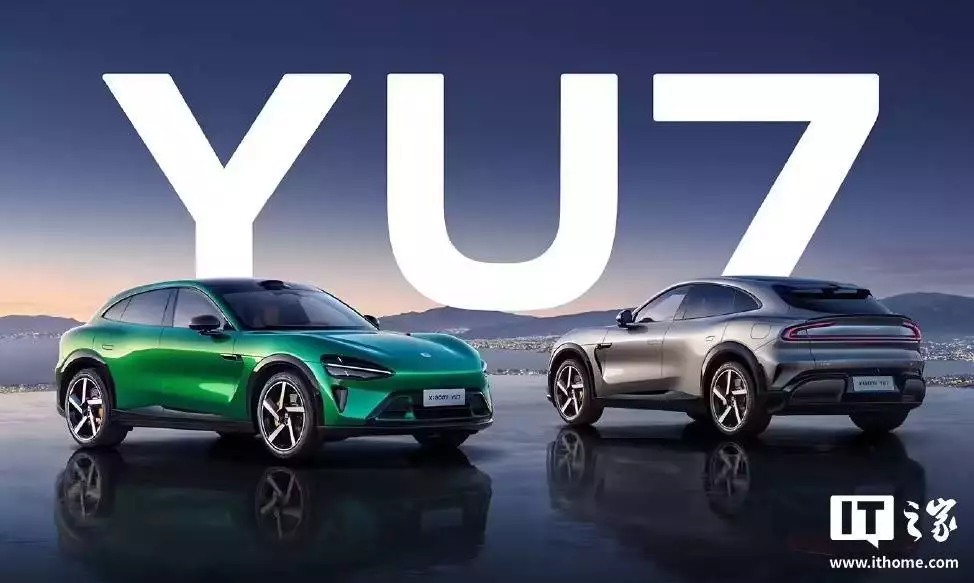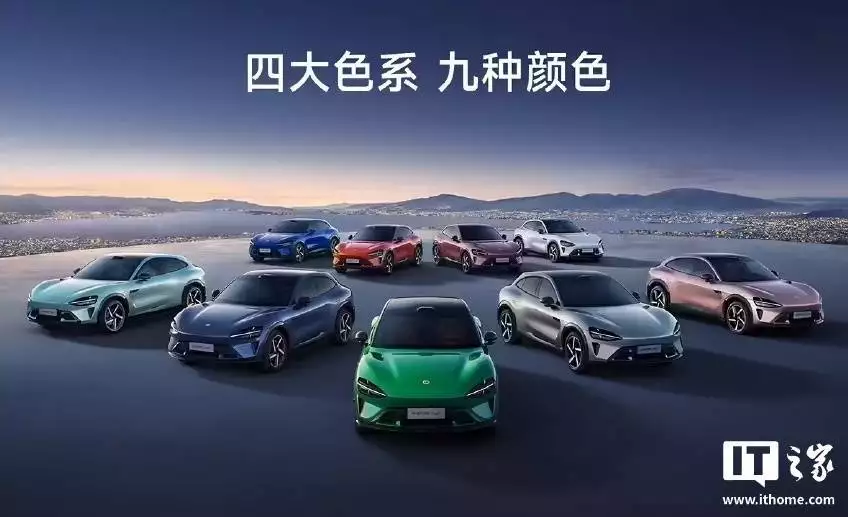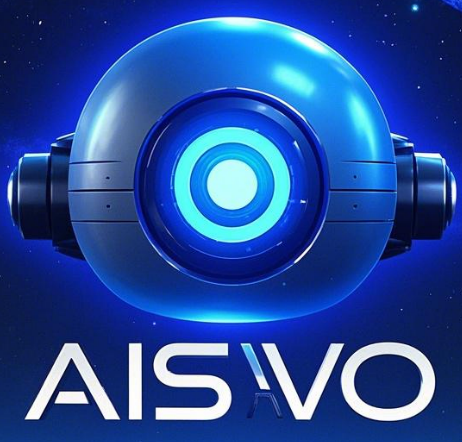China’s automotive market dynamics in 2025

In 2025, driven by policy support, technological iteration and consumption upgrade, China's automobile market will show a stable and positive trend, but it will also face challenges such as intensified competition and profit pressure. The following is the main status and analysis:
📊 1. Production and sales scale and growth trend
The overall market is growing steadily
In the first five months of 2025, China's automobile production and sales reached 12.826 million and 12.748 million respectively, up 12.7% and 10.9% year-on-year. Annual sales are expected to reach 32.9 million, up 4.7% year-on-year.
New energy vehicles have become the core driving force: production and sales in the first five months were 5.699 million and 5.608 million, with a year-on-year growth rate of more than 44%, and the penetration rate increased to 44%. Annual sales of new energy vehicles are expected to reach 16.5 million (including exports), with a penetration rate exceeding 55%.
Structural adjustment of export growth rate
In 2024, automobile exports will reach 5.859 million units, a year-on-year increase of 19.3%. However, in 2025, affected by international trade frictions (such as the EU's tariff increase), the growth rate is expected to slow down to 5.8% (about 6.2 million units). The Middle East, Latin America and ASEAN have become new growth points. For example, BYD's Hungarian factory and Great Wall's Brazilian base have been put into production to help localize the layout.
⚙️ II. Technology trends: dual main lines of intelligence and electrification
Intelligence enters an acceleration period
The penetration rate of L2+ assisted driving will exceed 55% in 2024 and is expected to reach 65% in 2025; the penetration rate of smart cockpits will exceed 76%.
Deep empowerment of AI and large models: Geely released the "full-domain AI" technology system, BYD's intelligent driving team exceeded 4,000 people, and the L2 system was installed in more than 3.5 million vehicles. Huawei's ADS and urban NOA functions are sinking to models below 200,000 yuan.
Electrification technology upgrades
Plug-in hybrid/extended range models exploded: Plug-in hybrid sales increased by 83.3% in 2024, and are expected to account for 50% of new energy vehicle sales in 2025 (over 8 million vehicles).
Industrialization of solid-state batteries: Semi-solid-state batteries will be mass-produced and installed in 2025, and all-solid-state batteries are expected to be used on a small scale in 2027-2028 (led by CATL and others).
🔥 III. Competitive landscape: Intensified differentiation and the rise of independent brands
Independent brands dominate the market
In the first four months of 2025, the market share of Chinese brand passenger cars reached 68.7%, an increase of 8.1 percentage points year-on-year; it is expected to exceed 70% throughout the year.
New forces are deeply bound with technology companies: Wenjie M9 became the sales champion of 500,000-level, and Hongmeng Zhixing delivered more than 44,000 vehicles per month; Xiaomi Automobile aims to deliver 300,000 vehicles per year.
Joint venture brands transform to survive
The share of foreign capital such as German and Japanese brands is accelerating its decline, and the capacity utilization rate has dropped to 56% (84% for domestic brands). Volkswagen, Audi and others have accelerated local research and development and transferred the right to develop models to the Chinese team.
🛠️ Fourth, policies and consumption momentum
The old-for-new policy continues: the subsidy intensity will be maintained in 2025, and the policy has driven the proportion of new energy consumption to exceed 60% in the first five months.
Changes in consumption structure: replacement demand dominates the market (more than 3.7 million vehicles will be replaced in 2024), and third-tier and lower-tier cities and multi-child families have become key markets.
⚠️ Five, challenges and risks
Profit pressure is prominent
The industry "increases but not profits": the price war caused a year-on-year decline in retail sales of 0.7%, and some car companies suffered losses.
Technology elimination competition is accelerating
Intelligent backward companies face the risk of being eliminated, and a deep reshuffle may begin in 2025.
Supply Chain and Cost Control
Parts manufacturers are squeezed by cross-border competition from technology companies (such as Huawei and chip manufacturers) and need to improve their technological adaptability.
💎 Summary
In 2025, the Chinese auto market will enter a stage of high-quality development, marked by the penetration rate of electrification exceeding half and the implementation of intelligent technology. Independent brands dominate the market with their technological integration and supply chain advantages, but the industry needs to solve the profit dilemma caused by the "price war". The core of future competition will focus on three major areas: AI-driven high-end intelligent driving, global layout efficiency, and plug-in hybrid technology popularization. Policy and technological innovation will still be dual-track driving forces.
Appendix: A quick look at the core trends in 2025
Technology: Plug-in hybrid explosion (↑60%), mass production of solid-state batteries, and urban NOA sinking
Market: Independent brand market share >70%, exports shift to emerging markets
Challenges: Profit pressure, technology elimination, supply chain reconstruction










